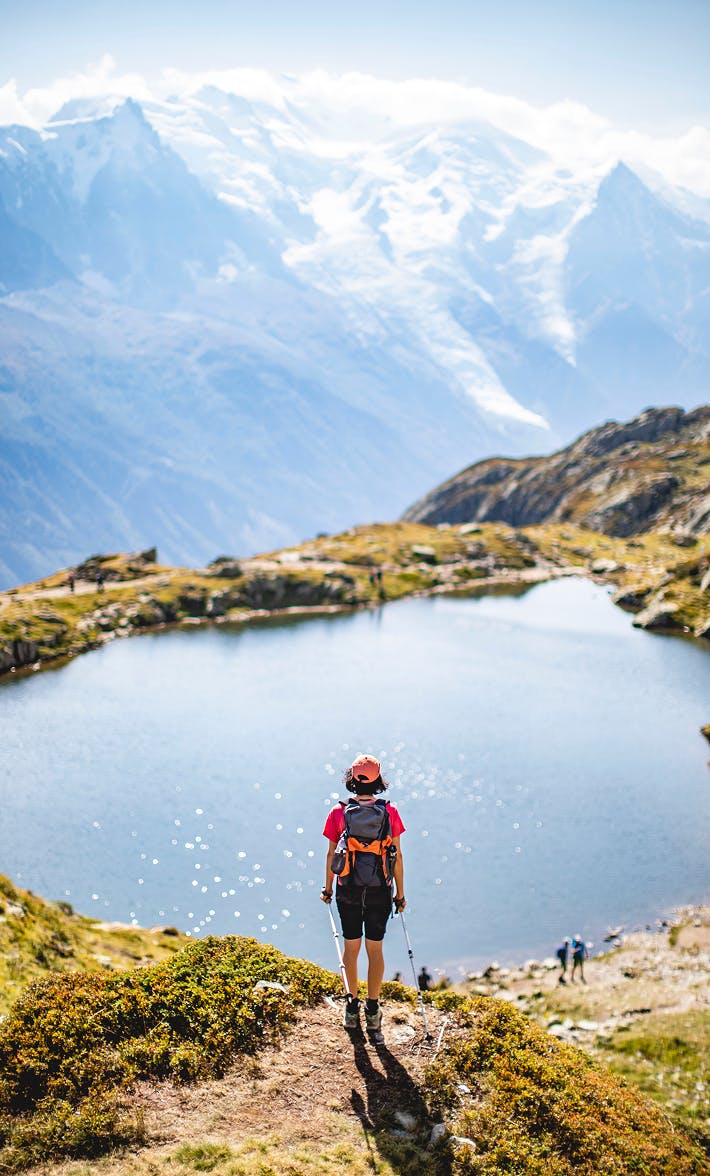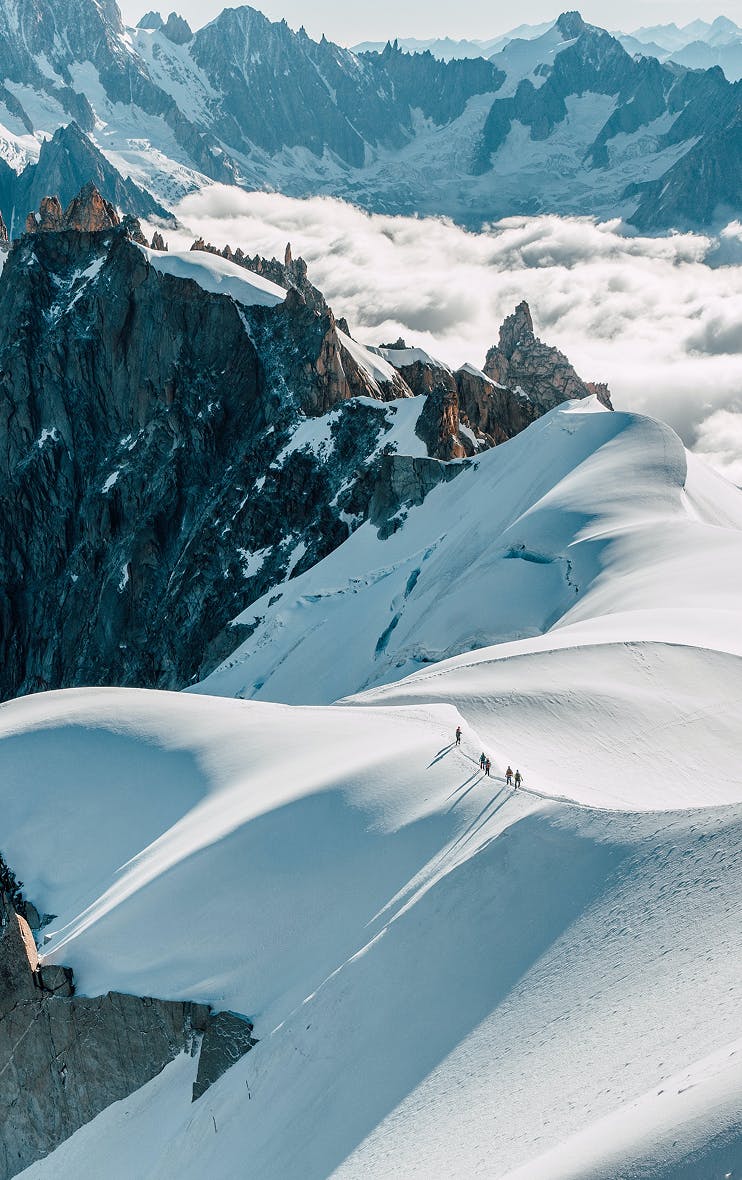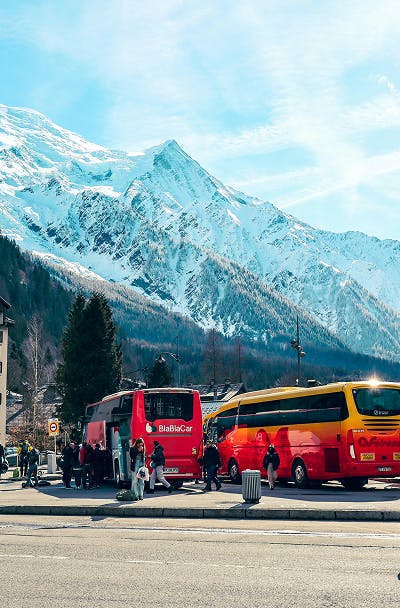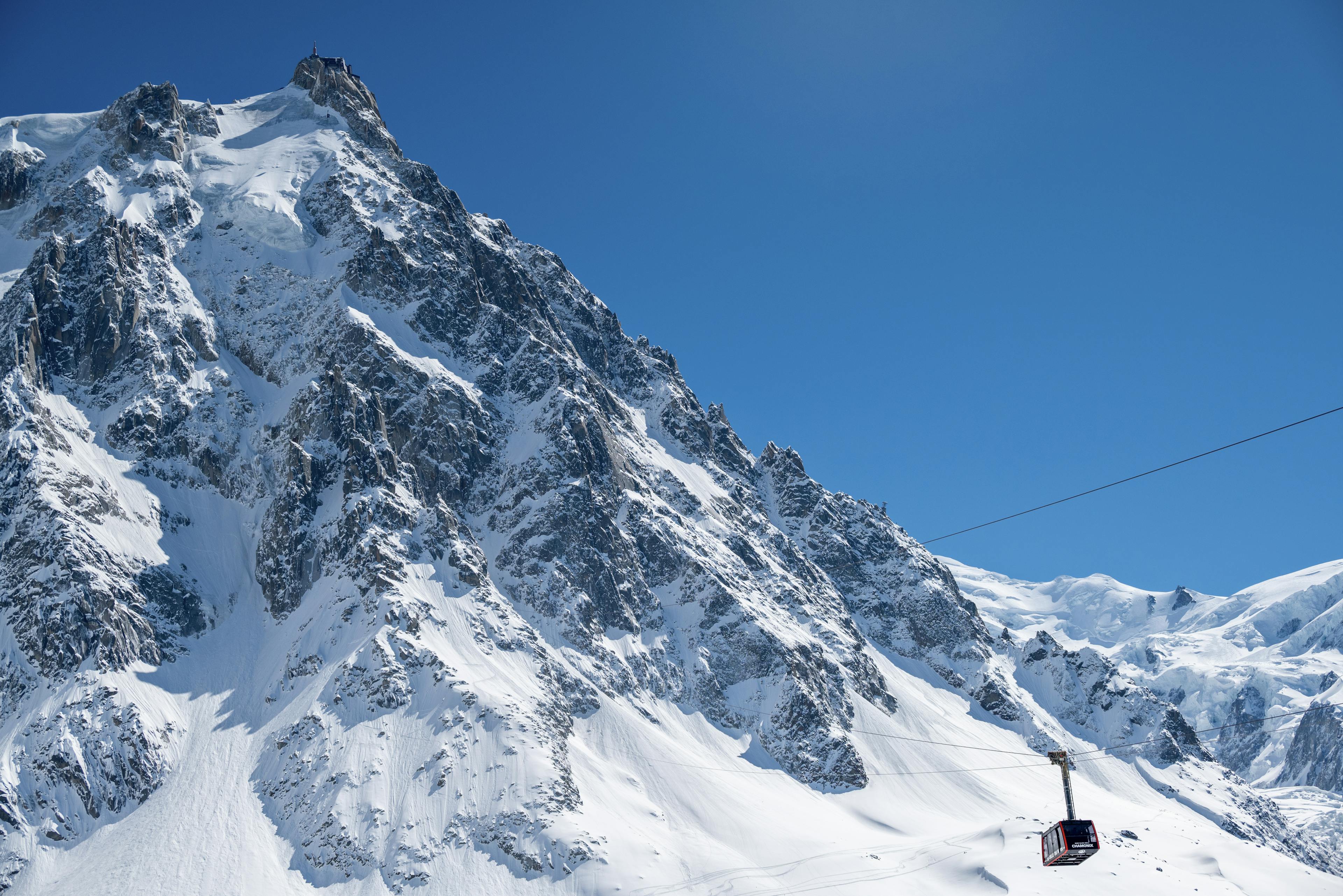
Chamonix
Discover our favorite activities
 0°C
0°C0%

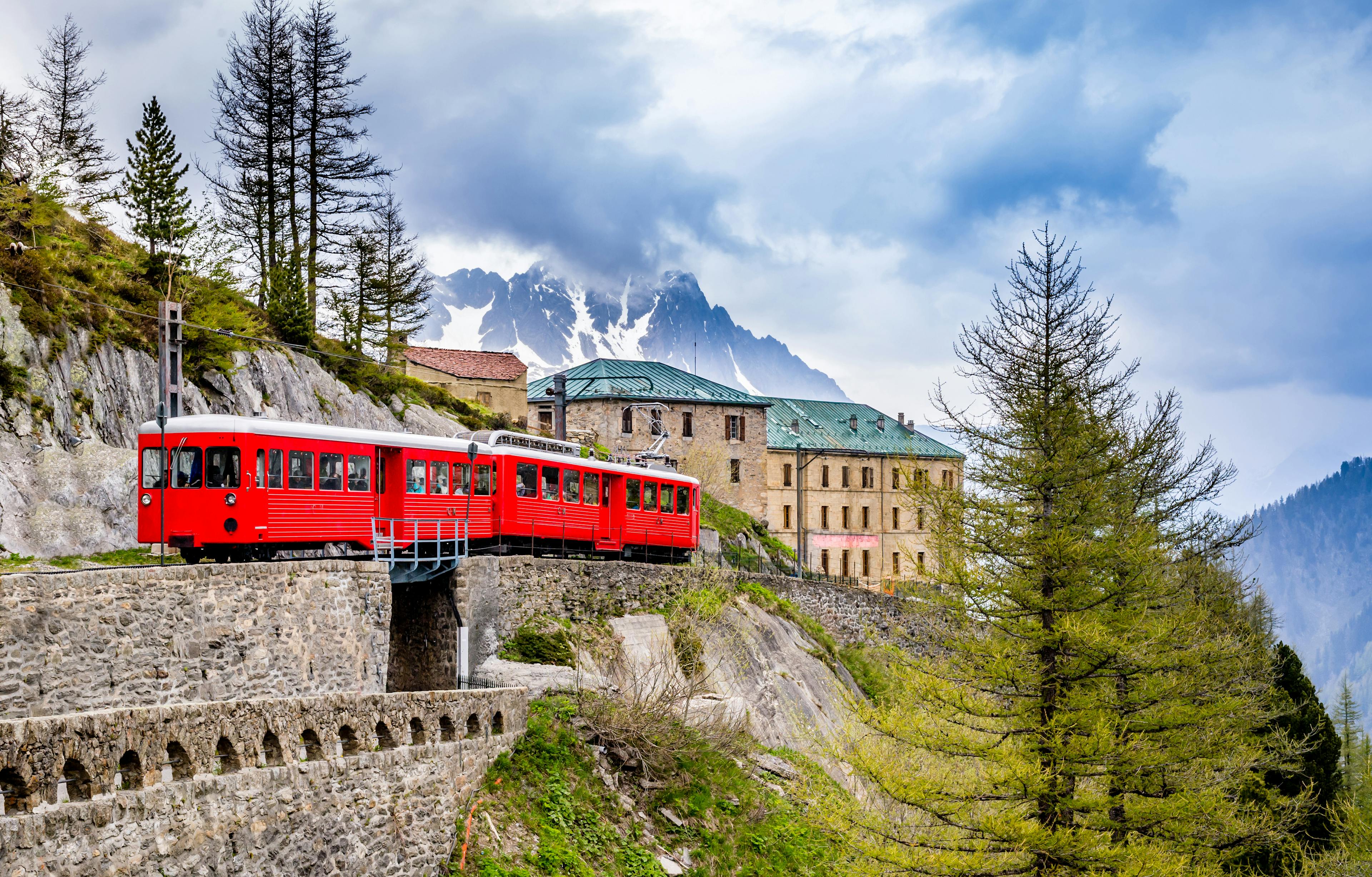
Reserve your activities directly
Activities for children, hiking, climbing, skiing and much more can be booked in advance via our partners website. Reserve directly, or get in contact with them for more information.
History of Chamonix
The whole world comes together in "Cham". In the streets of this “haute-montagne” at an altitude of 1035m, you'll hear every language. This summit meeting takes place in the shared spirit of mountaineering enthusiasts, legends and ethics.
In the heart of the city, take your time, look up: it's there, everywhere. 4810 m of rock, snow, ice and dreams for all.
The valley was occupied by glaciers in the Quaternary period, and it wasn't until around 11,000 years ago that they retreated. The first humans probably settled here in the Bronze Age, around 4,000 years ago. Much later, Ligurians, Ceutrons and Allobroges followed, and then the Burgundian invaders from Germania in the 5th century.
In 1032, Chamonix, attached to Geneva, became part of the Kingdom of Burgundy; its history began in earnest in 1091 with the donation of the entire territory to the Monastery of Saint-Michel de la Cluse (Piedmont) by Count Aimon of Geneva. In the 12th century, the monks moved to Chamonix and established the priory on the site of today's Maison de la Montagne.
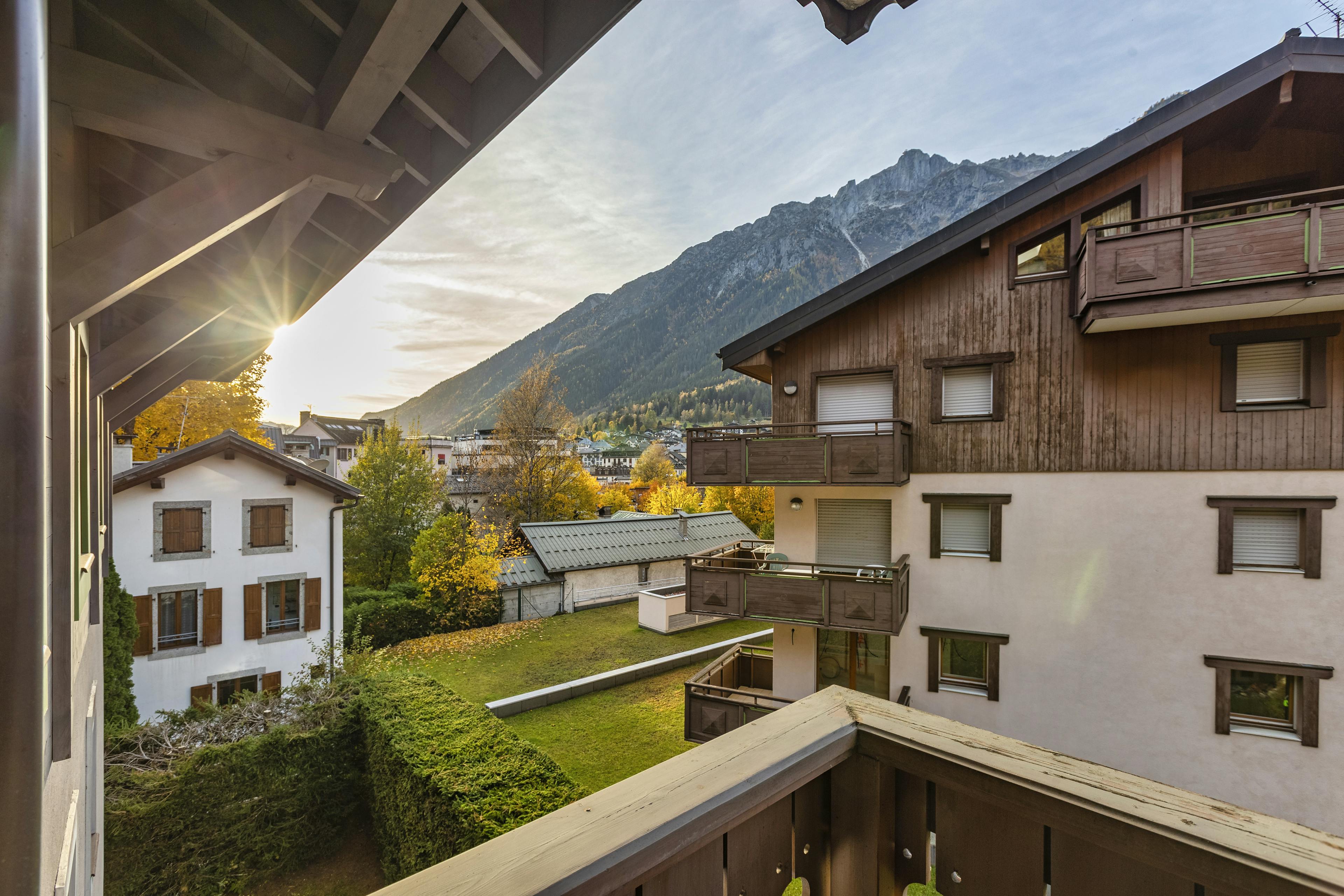
The first visitors
When two young English aristocrats, William Windham and Richard Pocock, discovered the priory of “Chamouni” in 1741, they had no idea that their tale of this small mountain village and its ice houses would spread throughout Europe.
Soon, wealthy tourists, mostly English, were coming to admire the mysterious Mer de Glace. They created a demand for the valley's crystal makers and hunters, who became their guides.
From Chamouni to Chamonix
The first inn opened its doors in 1770, marking the beginning of the simultaneous development of the hotel industry and mountain climbing. The conquest of Mont Blanc by Jacques Balmat and Michel Gabriel Paccard in 1786 demystified the peaks that dominated the valley and sealed the fate of the small mountain town. The influence of pre-Romantic and Romantic writings also eased people's apprehension of the peaks, and established the mountains as an expression of unspoilt nature.
The first luxury hotel was built in 1816, followed by three full-fledged palaces rising from the valley's peaceful oat and rye fields. The summer tourism craze was accompanied by the creation of the Compagnie des Guides in 1821, and the construction of the Montenvers train in 1908. 6 years later, there were no fewer than 39 hotels in the valley!
But the real turning point in Chamonix's development was the creation of road and rail infrastructures. A carriage road between Chamonix and Geneva was built under the reign of Napoleon III. The railroad arrived in Chamonix in 1901. This opened up the valley in winter and paved the way for winter sports, pioneered by Dr. Payot.
The mountains accessible to all
Chamonix's consecration as a winter city came in 1924, with the organization of the first Winter Olympics. Since then, Chamonix has undergone rapid development, with the construction of numerous ski lifts, including the famous Glacier and Planpraz lifts, followed by the Brevent, Aiguille du Midi and Flégère lifts. Today, Chamonix is a city and a privileged gateway to Italy via the Mont-Blanc tunnel, and continues to develop in a way that balances tourism and road development with the preservation of an exceptional environment.
A mountain town with a thousand faces
Chamonix has developed under the influence of tourism, and has grown in line with various periods and architectural trends. This specificity has endowed the town with a rich and diverse heritage, combining tradition and modernity. As you stroll through the town, you'll discover Protestant churches and chapels dating back several centuries, hotels and palaces from the belle époque, Art Deco facades, traditional farmhouses, colossal villas, contrasting chalets and modern buildings. The town is made up of different architectural strata, giving it an originality and variety that are unclassifiable for a mountain town.
Here's a tip: keep your eyes peeled as you stroll through the center and outskirts of town. You'll discover unsuspected details.
